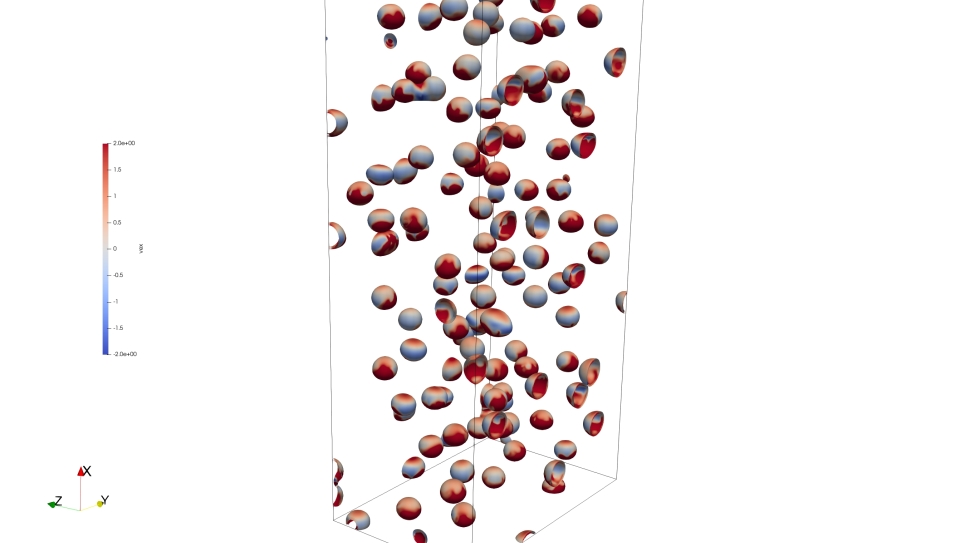
Combustion Stability in Complex Engineering Flows
Combustion instabilities arise from complex interactions between chemical kinetics, turbulence, and acoustics. Analytical and empirical methods can be used to explain the growth and propagation of combustion instabilities, but the predictive capability of these theories remains extremely limited. The goal of this project is to develop efficient and scalable numerical methods to predict unsteady combustion in gas turbine engines and scramjets.
The researchers will use large eddy simulations (LES) with advanced multi-physics models to numerically reproduce combustion instabilities that are observed in industrial combustors. Two relevant configurations have been selected to highlight recurrent types of instabilities, namely a modern Dry Low-NOX (DLN) combustor used in land-based gas turbines, and a high-speed combustor inspired by the Hypersonic International Flight Research Experimentation program. The LES results will contribute to a more thorough understanding of combustion physics in these systems, help identify mechanisms that amplify unstable combustion modes, and test strategies to prevent or suppress self-excited dynamics.
The simulations will be performed on Mira, the ALCF’s IBM Blue Gene/Q, using CharLES, the unstructured LES solver developed and licensed by Cascade Technologies. CharLES’s unique low-dissipation numerics, dynamic turbulence models, and massive scalability enable these problems to be studied under realistic operating conditions in complex engineering geometries.
In addition to predicting engine-level stability, the simulations will be used to characterize operability limits, emission signatures, and reliability/durability requirements in the target applications. The results will be compiled in a high-quality numerical database that can be used to assess combustor performance and evaluate lower-fidelity prediction tools.


